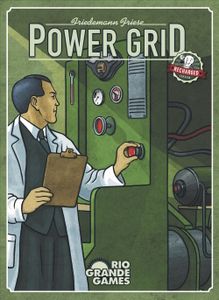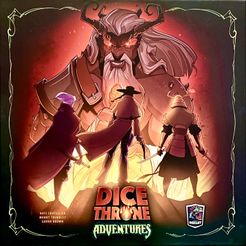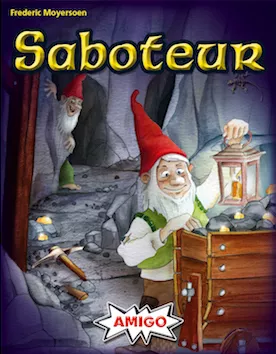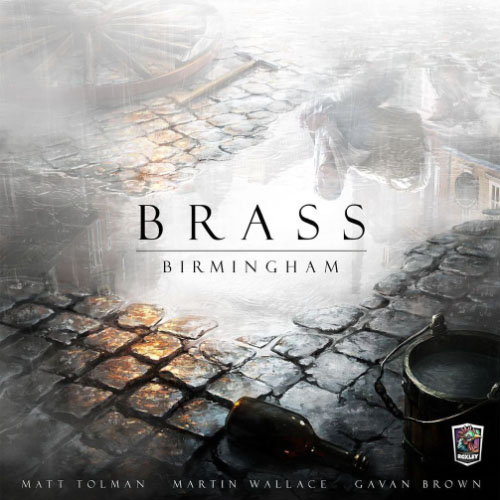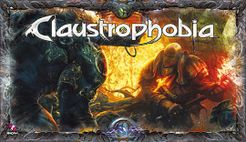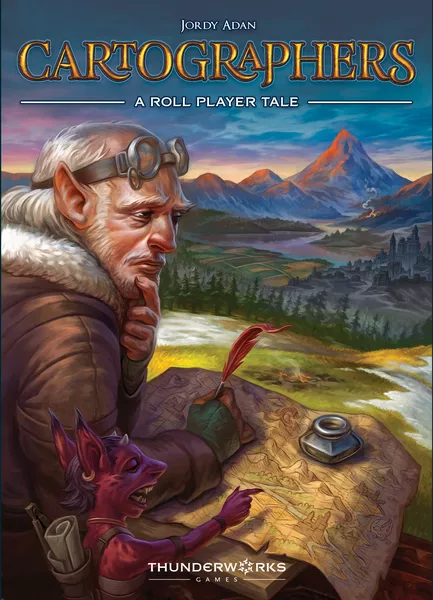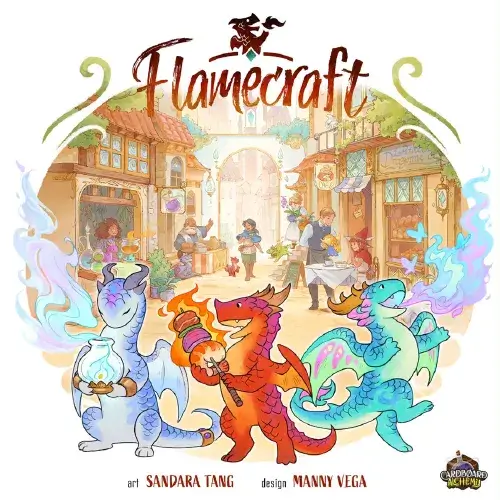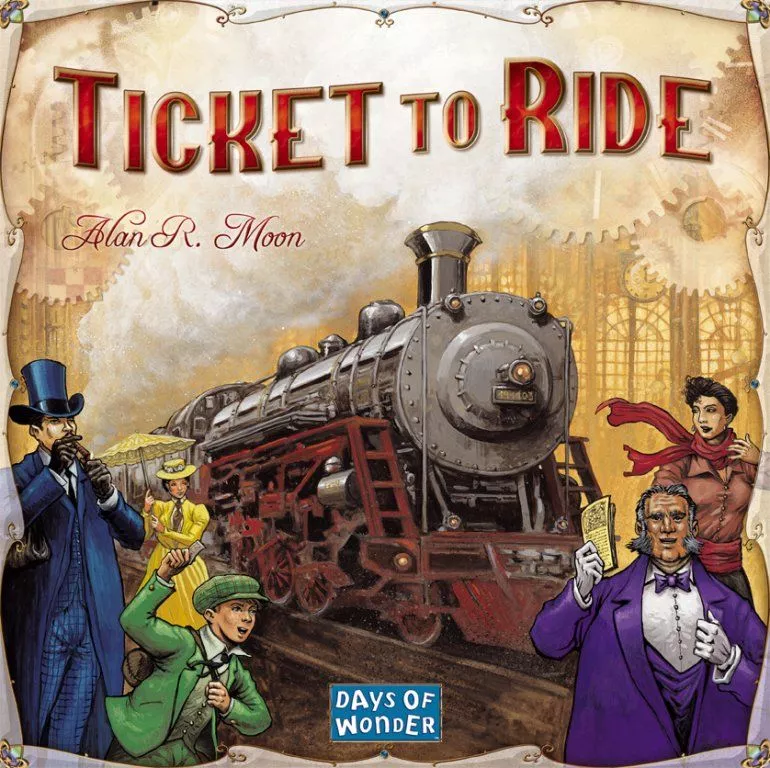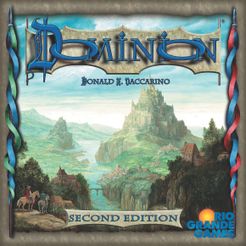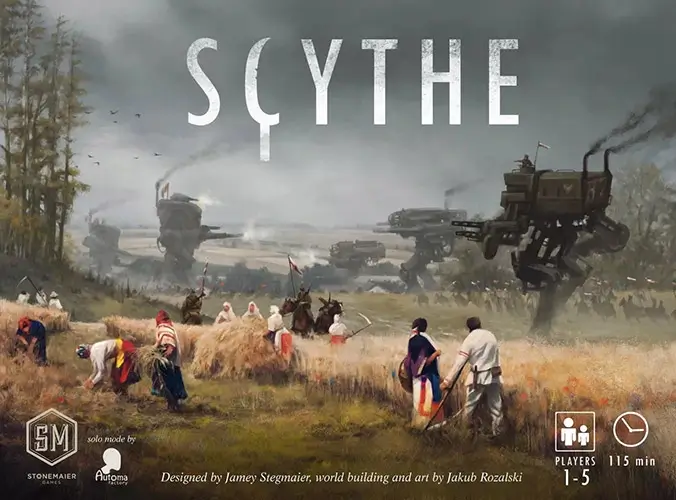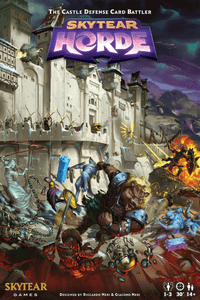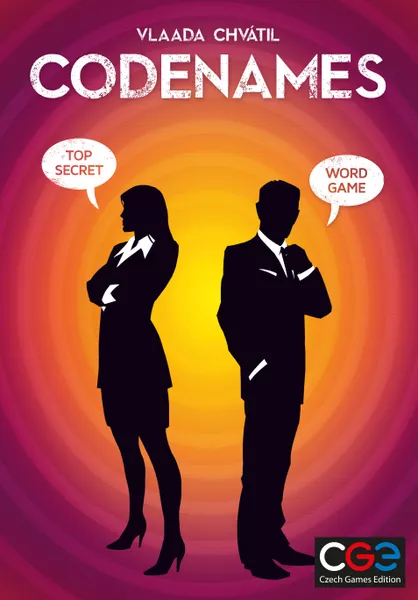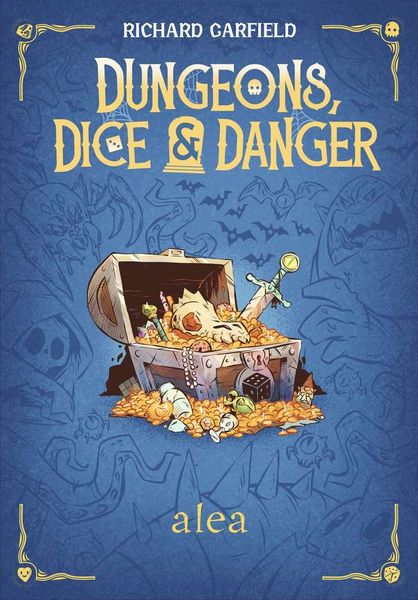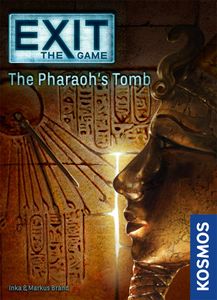Dark Empire: Revolution (2013)
Tác Giả: Daniel Danzer
Họa Sĩ: Mario Barbati, Felix Mertikat, Federico Musetti
Nhà Phát Hành: Giochi Uniti, spielpunk, Stratelibri
- Giới Thiệu
- Hướng Dẫn
- Video
- Chơi Ngay
- Đánh Giá & Bình Luận
In the state of R’yan, five factions of the population rise against Emperor Flaut III: Students, Beggars, the City Guard, Alchemists, and the Apparats, medieval robots with a living soul, implemented by said Alchemists. These factions must work together to overcome the Emperor, but only one will eventually rule the future country. Otherwise, Flaut III suppresses the revolution and retains control...
In Dark Empire: Revolution, each faction consists of a total of 13 cards: three cards with a value of 4-6 and two cards with values 7-8. There are ten additional cards which can be added to the strength of any faction card already in play. The table represents Vindoban, the capital of R`yan, where the emperor deploys his army on one side and the insurgent people gather on the other.
The game is played over a series of turns ("weeks"). After four weeks, a month is completed with an intermediate scoring, and after three months a final scoring ends the game.
Each player starts with a hand of seven cards, one random “secret goal” faction that the player attempts to guide to victory, and a set of "temporary support" cards. With these cards you secretly “bid” on the faction you believe will win the next month’s scoring by having accumulated the most points.
Gameplay: players simultaneously place one card each in the centre of the table, either towards the revolutionary forces, or as a traitor on the emperor's side adding this value to an “Emperor card” already placed in that location. This happens three times, but you are only allowed to place one of your three cards as a traitor. The week is then resolved and the player who provided the most support for the strongest faction puts aside one of his cards for this faction to be scored; in addition, this player is immediately awarded 2 extra points. The player who played the highest single card for this faction (not necessarily the same player!) is awarded 1 point. But beware - when the emperor (his card plus all traitors) gained more points than each single faction, the Emperor card is placed to the scoring! The table is cleared and the next week begins. After four weeks, a month is over and an intermediate scoring takes place. If you are correct with your prediction of this month’s winner you gain another 6 points.
After three months the final scoring occurs, determining the winner: the “secret goals” are revealed and the collected points of each player are added to the cards scored for their faction during the course of the game. The faction with the highest score wins the revolution - and the game. But: if the emperor can put down the rebellion - then the faction with the lowest score wins the game. Or, if the winning faction is too far ahead, it is immediately overthrown by all the others and the faction with the second highest score wins the game.
Video
Nơi mua Dark Empire: Revolution (2013)
*Chúng tôi có thể được hưởng hoa hồng khi bạn mua hàng qua liên kết của các nền tảng thương mại điện tử này.






